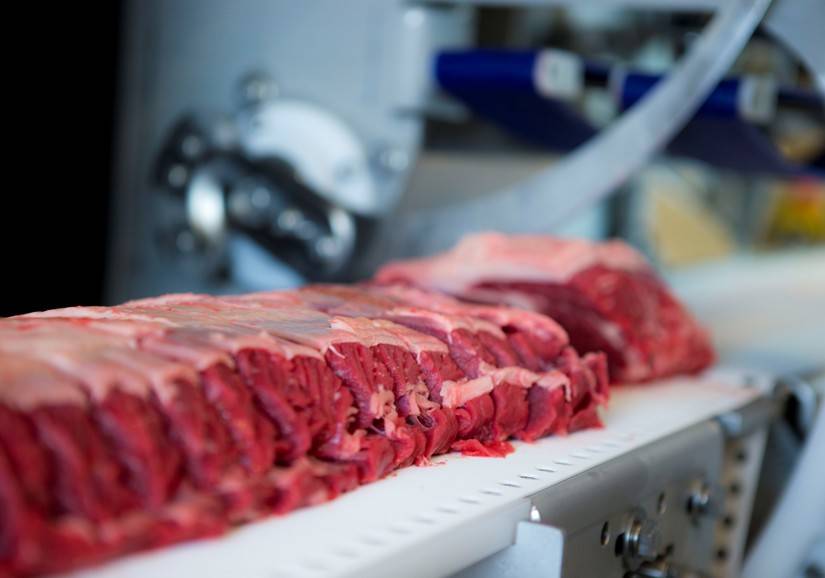Author: Robert Gultig
The Titans of Meat Processing Equipment: An In-Depth Look at the Industry’s Top 10
Welcome to the bustling world of meat processing equipment! It’s a realm where technology meets gastronomy, and efficiency is king.
But who are the true titans in this field? The food technology leaders? the food technology innovators?
I’m diving into the top 10 players who are revolutionizing the way we process meat. Buckle up, as we embark on a quest to explore these industry juggernauts!
The Worlds’ Top 10 Meat Processing Equipment Manufacturers:
1. Marel: The Innovator from Iceland
Here’s a company that’s carving a niche in automation. Marel from Iceland is not just a company; it’s a powerhouse of innovation, making meat processing a high-tech wonder. Their global reach? Nothing short of impressive!
2. GEA Group: German Engineering at Its Finest
When it comes to meat processing, the Germans don’t play around. GEA Group stands testament to this, offering a spectrum of solutions that scream efficiency and sustainability. Their eco-friendly approach? A big thumbs up!
3. JBT Corporation: America’s Pride
JBT Corporation, hailing from the US, is where quality meets ingenuity. Whether it’s batch or continuous systems, they’ve got it all. And let me tell you, their machinery is the stuff of legend.
Related: Why Marel Rejected JBT Acquisition Bid
4. Tetra Laval: Swiss Precision for Meats
Best known for dairy, Tetra Laval is also a titan in the meat processing arena. Their Swiss precision in processing and packaging is what sets them apart. Innovation is their middle name!
5. Middleby Corporation: The American All-Rounder
Middleby Corporation isn’t just about cooking up a storm; they’re about revolutionizing meat processing with energy-efficient and automated solutions. They’re the unsung heroes of the food service industry!
6. Bühler Group: Beyond Meat
Switzerland’s Bühler Group is a name synonymous with more than just meat; they’re a leader in various food processing sectors. Their commitment to sustainability? It’s nothing short of inspiring.
7. Key Technology: Automation Wizards from the USA
Key Technology is making waves with their sorting and processing equipment. If you’re looking for innovation in optical sorting, these are your go-to guys.
Key Customers: The World’s Top 5 Meat Brands
8. Baader Group: German Reliability
The Baader Group, another gem from Germany, is redefining fish and meat processing with unmatched quality and reliability. They’re the stalwarts of the processing machinery world.
9. Meyn Food Processing Technology: The Poultry Perfectionists
Netherlands-based Meyn may be known for poultry, but their meat processing technology is equally noteworthy. Efficiency and safety are their hallmarks.
10. Krones: Not Just Beverages
Krones, primarily a beverage processing giant, also dips its toes in meat processing. Their integrated solutions are a class apart.
Related: Top 10 Meat Producers in the World – 2023 Report
The Future on Your Plate: The Pioneers Behind Your Meal
Closing Thoughts
In the ever-evolving landscape of meat processing, these top 10 manufacturers are not just thriving; they’re leading the charge towards a more efficient and sustainable meat processing future. They’re the unsung heroes of your dining table, working tirelessly behind the scenes to bring food innovation to your plate. So, the next time you savor that perfectly processed steak or sausage, remember the technological marvels and the giants behind them.
In the world of meat processing, these names are more than just brands; they’re the vanguards of an industry that feeds millions.
